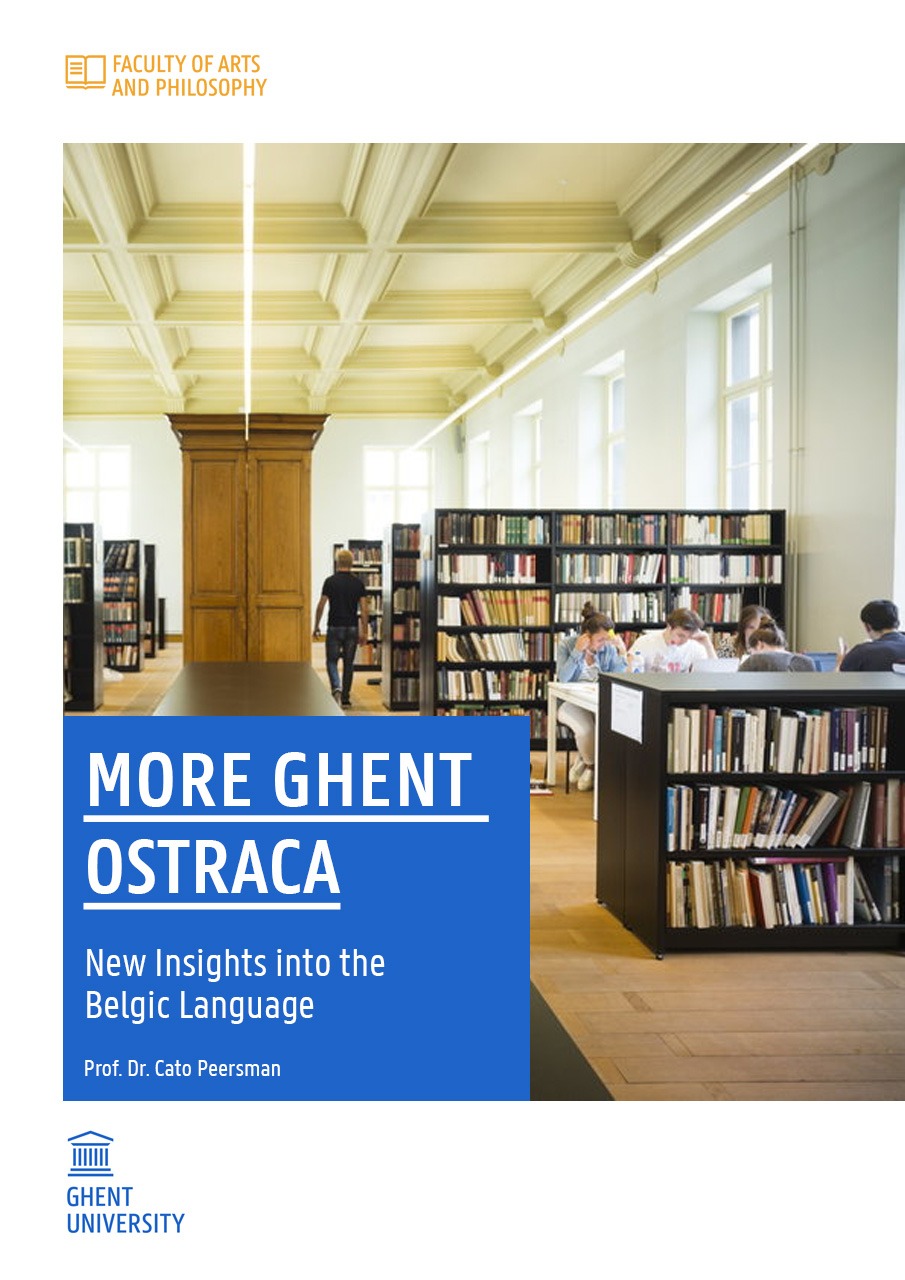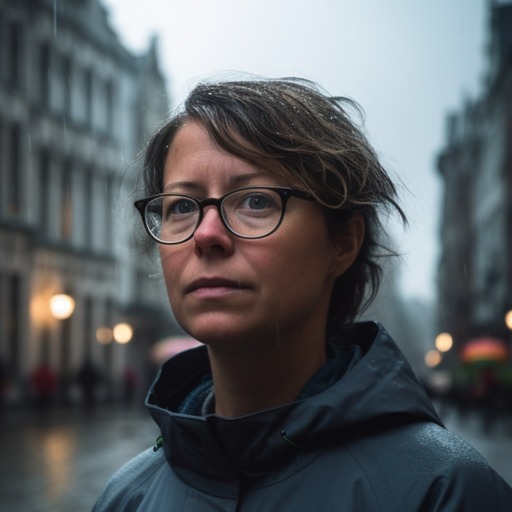Sober, data-first epigraphy with just enough linguistic synthesis to make it more than a catalogue. I appreciated the side-by-side paleographic plates and the transparent appendix: transcription, normalization, and a concordance keyed to the OCV dataset. A few bold claims on contact features may age out, but the corpus foundation will be cited for years.
During a canal-renovation trench near Oostakker, municipal workers in Ghent uncovered a cache of inked pottery sherds—ostraca—bearing cursive markings that resisted traditional readings. Drawing on multispectral imaging, reflectance transformation, and careful paleography, Cato Peersman assembles forty-three texts into a provisional corpus of Belgic inscriptions straddling the late Iron Age and early Roman Flanders. Anchored to findspots from Zwijnaarde to the old Portus Ganda, the study situates the script within market tallies, cult notations, and itineraries along the Scheldt and Lys.
Combining stratigraphy with comparative phonology, Peersman isolates a Belgic lect displaying Celticism under early Latin contact, proposing fresh readings for recurrent lexemes like NEMETON and RIGION. A chapter on numeral morphology reinterprets tally marks as an ordinal system, while a toponymic survey links sound shifts to hydronyms west of Kortrijk. The volume closes with a diplomatic transcription, a photographic atlas, and an open concordance keyed to an OCV dataset for reproducibility and future reanalysis.

